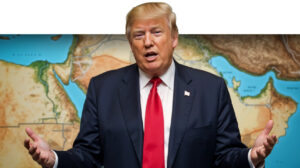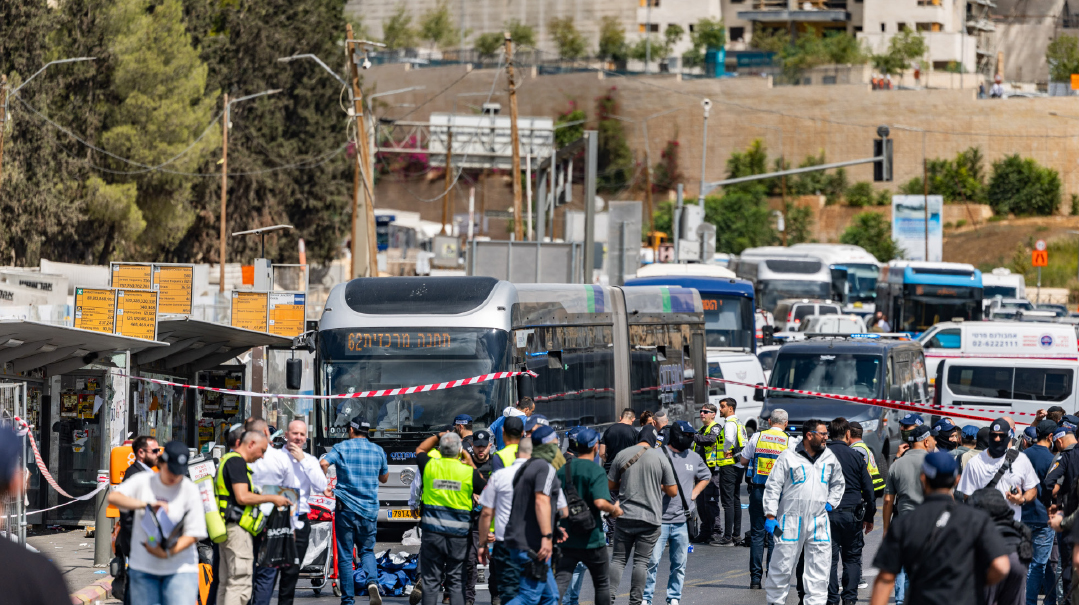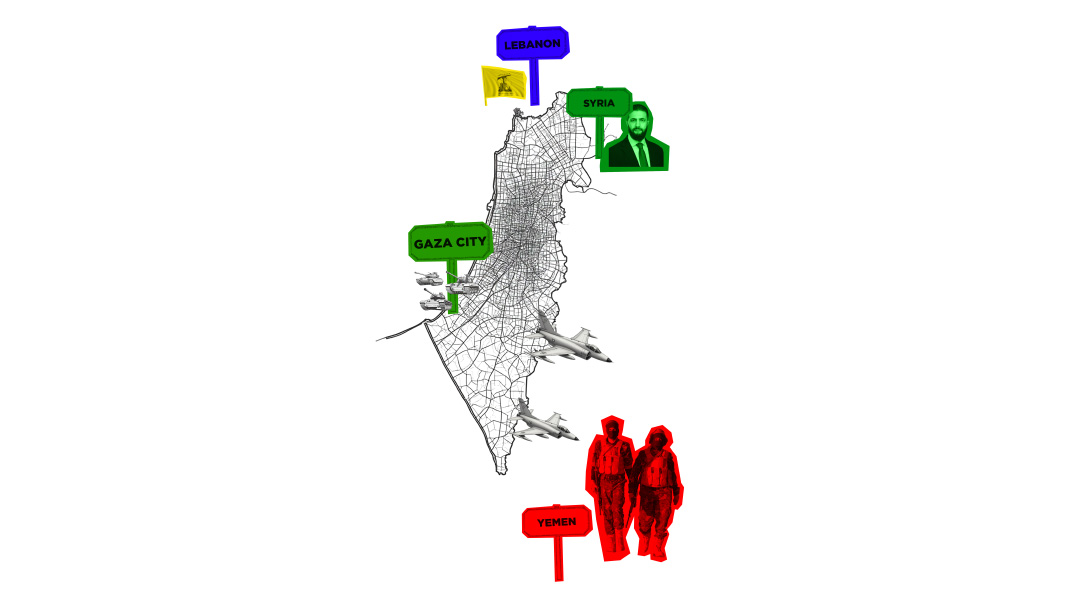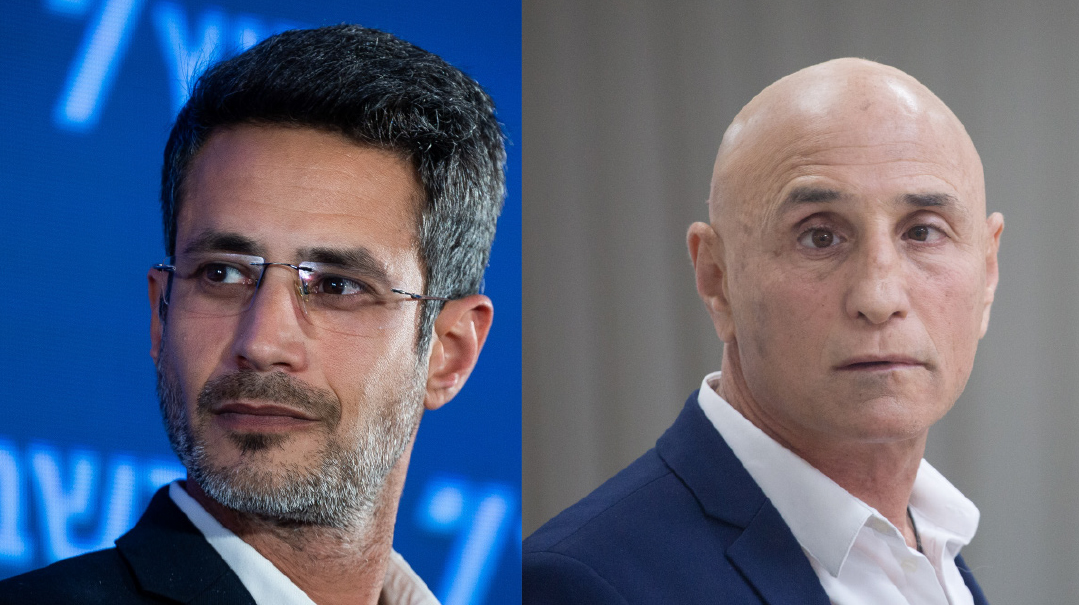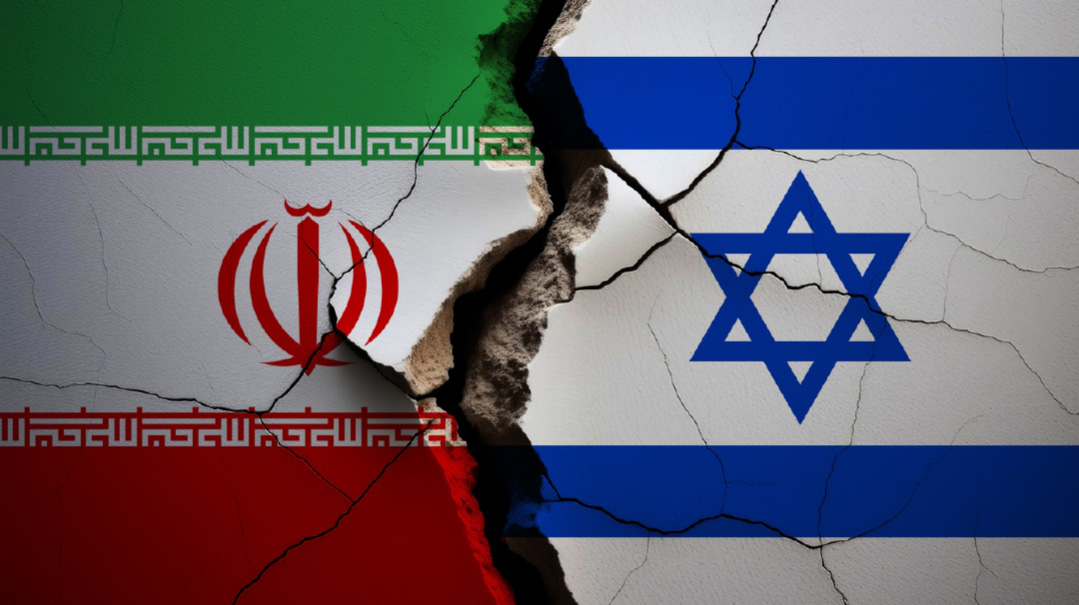Hamas and Israel Square Off

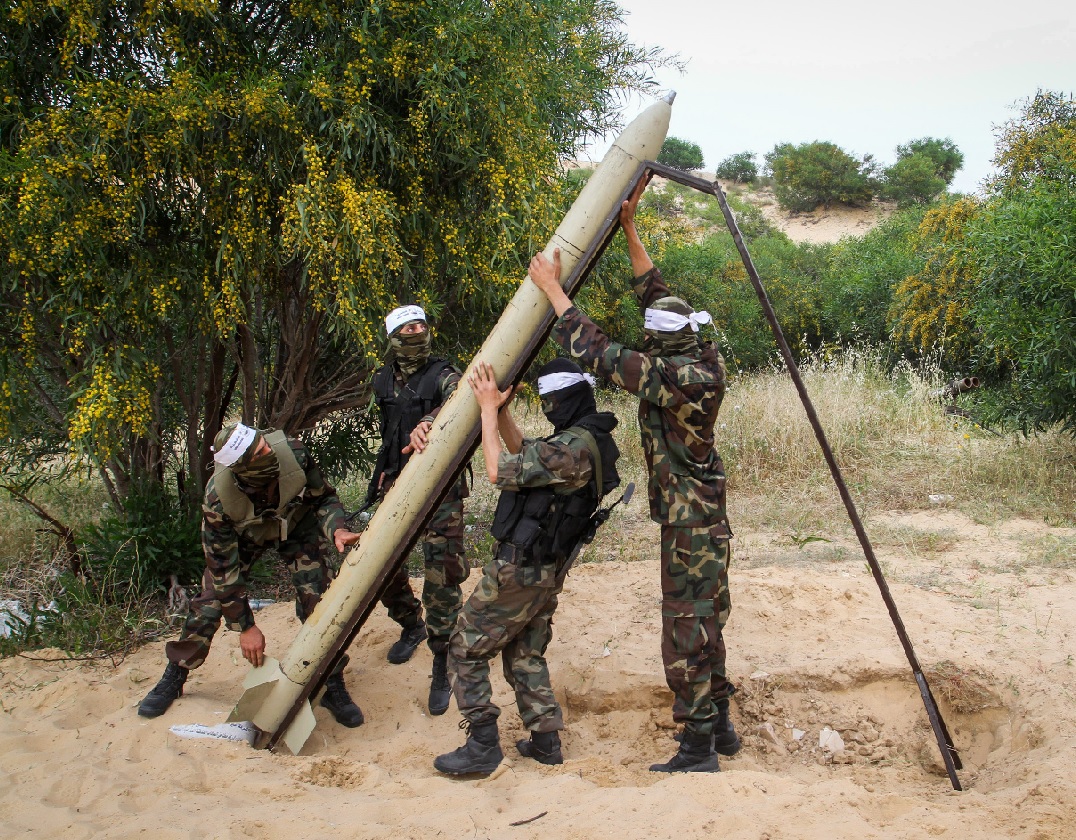
T wenty-five rockets in nine days — that’s the tally of the recent missile fire from Gaza. But despite appearances Israel’s defense establishment says that Hamas isn’t interested in a fight. What’s more likely is that following President Trump’s December 6 Jerusalem declaration the Hamas leadership gave the extremist Salafi organizations and perhaps Islamic Jihad free rein to fire missiles. Since then Hamas has been having a hard time coaxing the genie back into the bottle. Hamas’s defense forces have arrested Salafi activists involved in the fire but it will take time it seems for them to reestablish calm.
Israel’s relationship with Hamas has entered a new strategic calculus. The terror group is balancing a number of competing demands all of which may determine the shape of any future conflict.
Rocket fire is only one part of the equation. Just last week the Shin Bet broke up a Hamas terror cell in the Shechem area that was planning to kidnap a soldier or settler during Chanukah. Hamas places the utmost importance on kidnappings seeing them as the only way to free thousands of Palestinians from Israeli prisons.
The planned terror attack brings to mind unpleasant memories from the summer of 2014 when a Hamas cell from Hebron kidnapped and murdered three Israeli teens Hy”d an episode that eventually led to Operation Protective Edge.
Today the circumstances are slightly different. For one the planned kidnapping was thwarted b’chasdei Hashem. Also Hamas has already taken the first steps toward a sulha or reconciliation with the Palestinian Authority which will free it from the burden of its civil administration in Gaza and enable desperately needed funds to enter the area releasing some of the pressure on the government from a needy population.
Israel also has its own reasons to avoid a clash. A war with Hamas at this time could be perceived in the international arena as “Trump’s war ” the direct outcome of the president’s recognition of Jerusalem. That’s one association that Israel wants to avoid.
A New Balance of Power
Hamas’s new leadership may also want to deter a clash ironically. During the 2014 war Hamas was torn between its internal and external wings. Khaled Mashal then Hamas’s political leader and holder of the organization’s highest office sat in Qatar and goaded his people to fight even after the leadership on the scene in Gaza signaled for a cease-fire. Mashal was replaced by Ismail Haniyeh a Gaza local and political operative. Now Yahya Sanwar one of the founders of the Hamas security apparatus has stepped into Haniyeh’s shoes as Hamas leader in Gaza. The new internal balance of power in Hamas has transferred power from outside inward giving greater clout to Hamas’s military arm. Sanwar who was freed in the Shalit exchange is the first leader who unites to some degree Hamas’s military and political arms.
When Sanwar was chosen for the job last February pundits in Israel noted his toughness and ideological determination. After all the man served more than 20 years for murdering suspected collaborators. But in ten months on the job he’s managed to disprove some of those early forecasts. Not that Sanwar has shown himself to be a great lover of Israel but the strategic crisis that has enveloped the organization has dictated a change in direction. Apparently Sanwar is better prepared than his predecessors to make tough decisions. Note that it was none other than Sanwar who led Hamas to the reconciliation with Fatah with Egypt as mediator.
Israel’s intelligence agencies speculate that Hamas’s primary goal is to preserve its political leadership in Gaza and only after that to build itself up militarily. But if the sulha with the Palestinian Authority fails that will remove the main obstacle restraining the organization from another military conflagration with Israel. (Excerpted from Mishpacha Issue 690)
Oops! We could not locate your form.




